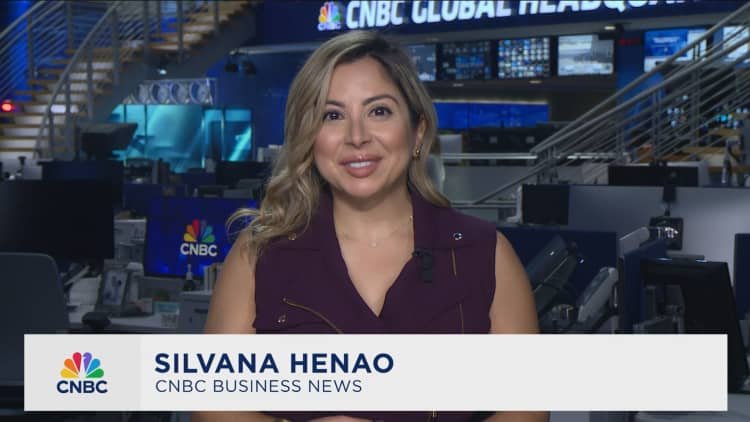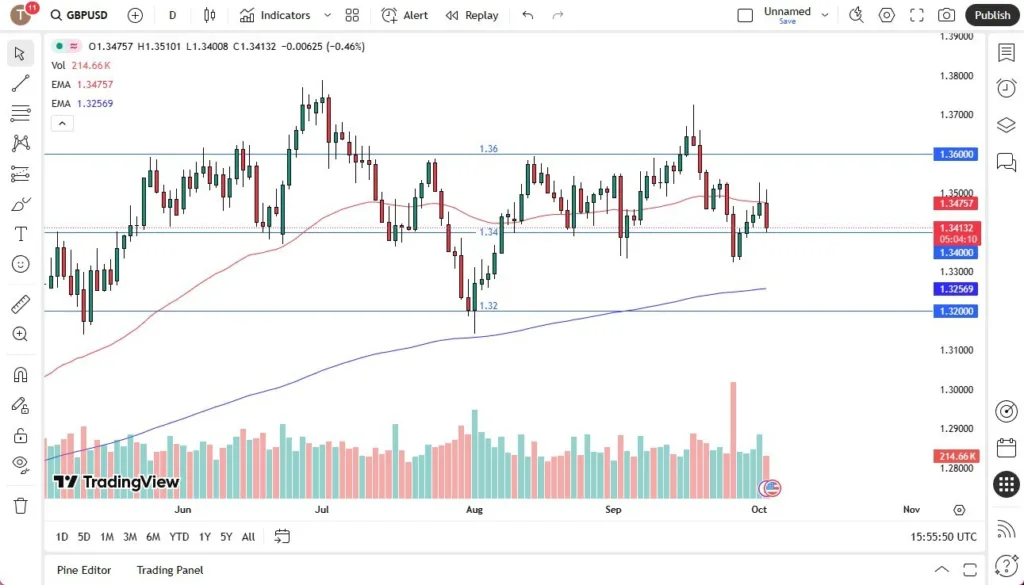Data provided by the Bank of International Settlements shows that the U.S. dollar continues to dominate foreign exchange markets.
The dollar was on one side of 89% of all international transactions, which is an increase from its 88% share in 2022.
The euro’s share of transactions fell to 28.9% from 30.6% in 2022, while remaining the currency of choice for nearby developing markets.
The Japanese yen’s share was virtually unchanged at 16.8%, and the sterling declined to 10.2% from 12.9%.
The BIS also noted that sales desks in the United Kingdom, the United States, Singapore and Hong Kong account for 75% of all foreign exchange trading, highlighting the importance of international finance to those economies.
Hedging the dollar’s value
The survey was conducted in April, which the BIS said came at a time of elevated volatility on foreign exchange markets and a surge in trading that followed trade policy announcements.
As we have noted, there is a growing consensus that while global investors would continue to purchase the high returns of U.S. financial assets, the dollar was likely to depreciate after years of strength, prompting investors to hedge their exposure to the dollar.
We see this activity in the increased share of spot and outright forwards used to lock in future exchange rates. And in the increased average daily turnover of FX options that are mainly used to hedge currency risk or to speculate on currency movements, option activity more than doubled from 2022 to 2025.
Finally, the BIS analysis notes the critical role of FX swaps, which typically combine a spot transaction with an outright forward, and are widely used to manage FX funding liquidity and to hedge currency risk.
This is opposed to currency swaps that are mainly used to manage longer-term exposure and to hedge currency risk. Since they typically have longer maturities than FX swaps or outright forwards, their daily turnover tends to be much lower.






